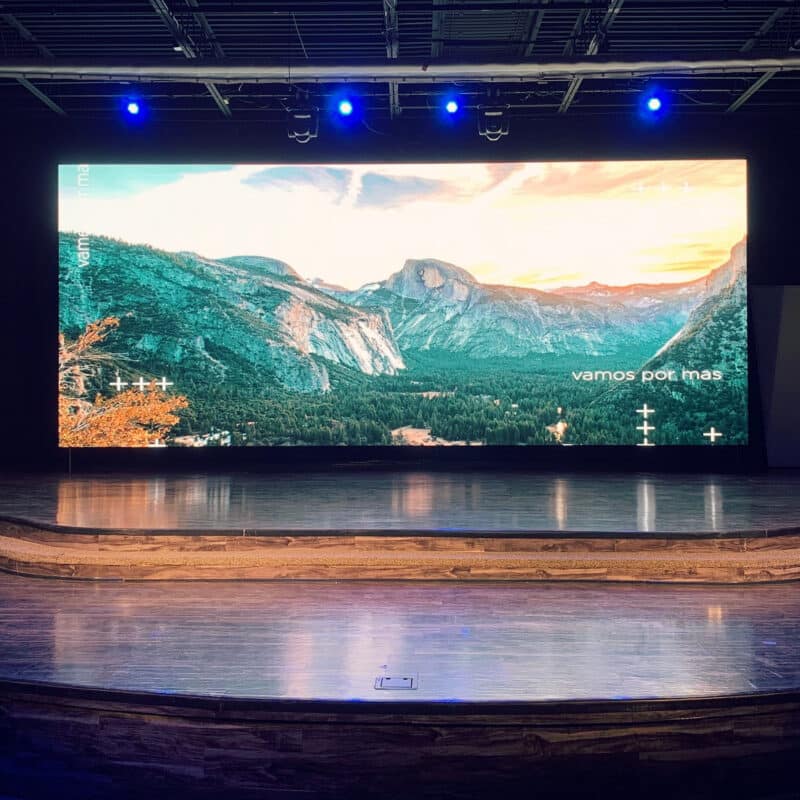Understanding the Typical Factors of Light Emitting Panel Display Breakdown
Wiki Article

LED panel panels are commonly utilized in various environments, ranging from advertisements to home cinemas. These screens are popular because they provide vivid and vibrant visuals while being power-saving. However, similar to all electronic devices, LED panel panels can experience malfunctions. Comprehending the common causes of these malfunctions is crucial for maintaining their performance and guaranteeing durability. This piece explores several key elements that can contribute to the failure of LED panel screens.
One of the primary common reasons of failure in LED panel screens is excessive heat. LED systems generates heat during operation, and if this heat is not adequately controlled, it can damage internal parts. Poor airflow or inadequate cooling systems can worsen the issue. When the heat increases beyond the recommended levels, it can lead to reduced brightness, color deviation, or total failure of the panel. Regular maintenance, including cleaning air openings and maintaining adequate airflow, can help avoid overheating and extend the life of the panel.
Another significant factor contributing to LED wall panel failure is electricity spikes. Variations in the electric supply can result in harm to digital parts within the screen. Sudden jumps in electricity can cause to blown circuit breakers or faulty circuits, leading in non-functional screens. Using voltage safeguards and power controllers can reduce this risk by stabilizing the power supply and safeguarding sensitive digital parts. Making sure that the electrical system is up to code and capable of handling the power needs of the screen is also critical.
External factors play a crucial role in the performance of LED wall panels. Exposure to extreme temperatures, humidity, or dust can negatively impact their operation. For instance, high humidity can lead to water buildup inside the screen, which can result in short click over here circuits or corrosion of internal components. Similarly, too much dust accumulation can block ventilation and result to overheating. Placing LED screens in regulated environments and regularly cleaning them can assist preserve optimal performance and prevent failures.
Additionally, manufacturing defects can result to early malfunctions in LED panel panels. Quality control during production is crucial to ensure that each screen meets industry standards. Defective components or poor assembly can result in problems such as inactive pixels or uneven brightness. It is crucial for consumers to buy LED panel screens from check out here trusted brands that provide guarantees and support. This ensures that any potential defects can be resolved quickly, reducing downtime and frustration.
In summary, comprehending the frequent causes of LED wall screen malfunction can help users take proactive measures to guarantee their durability and performance. By addressing overheating, protecting against power surges, considering external conditions, and choosing quality products, consumers can greatly reduce the risk of malfunction. Regular care and knowledge of these elements will result to a better experience with LED panel screens, whether for personal or business use.